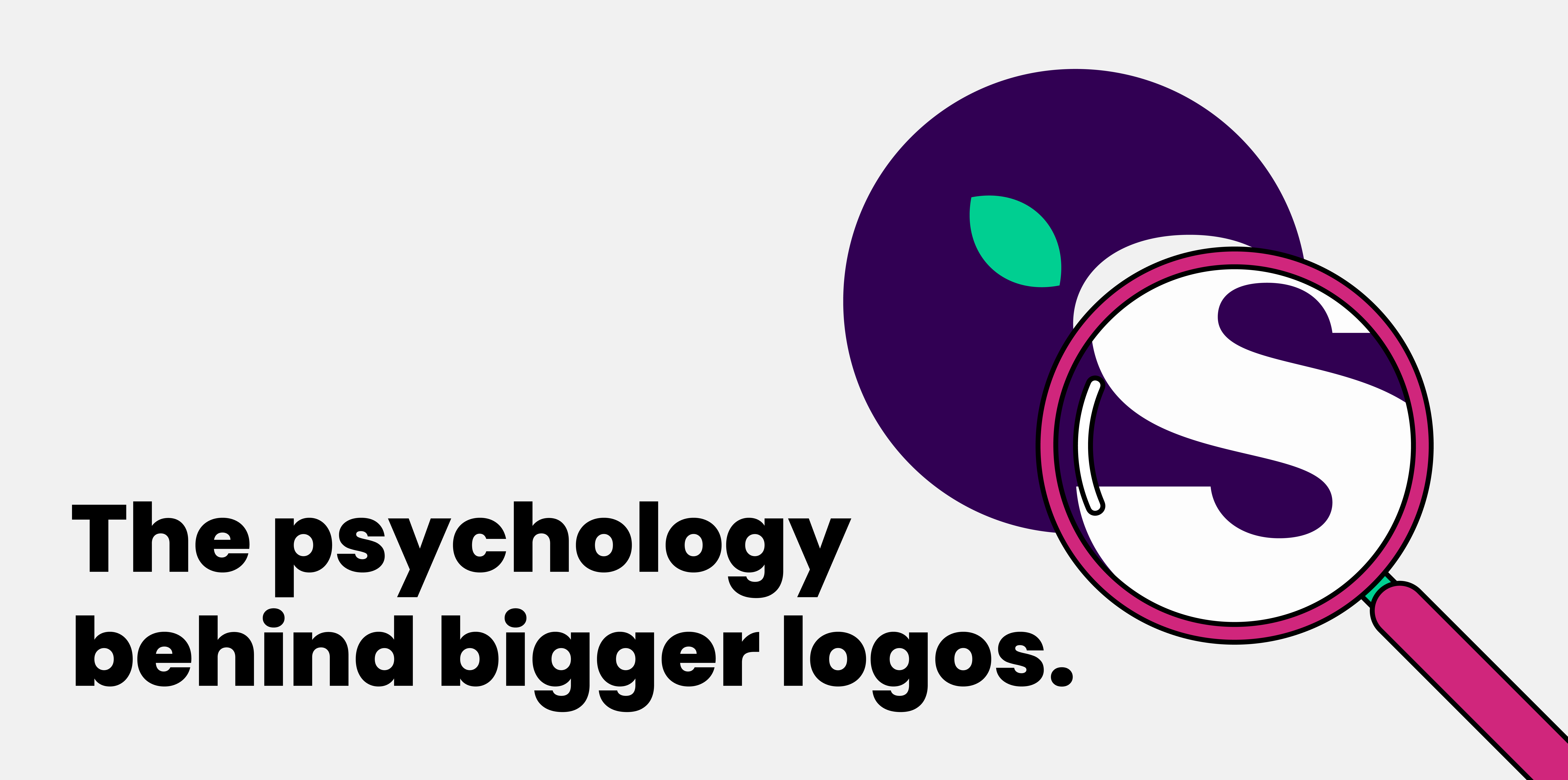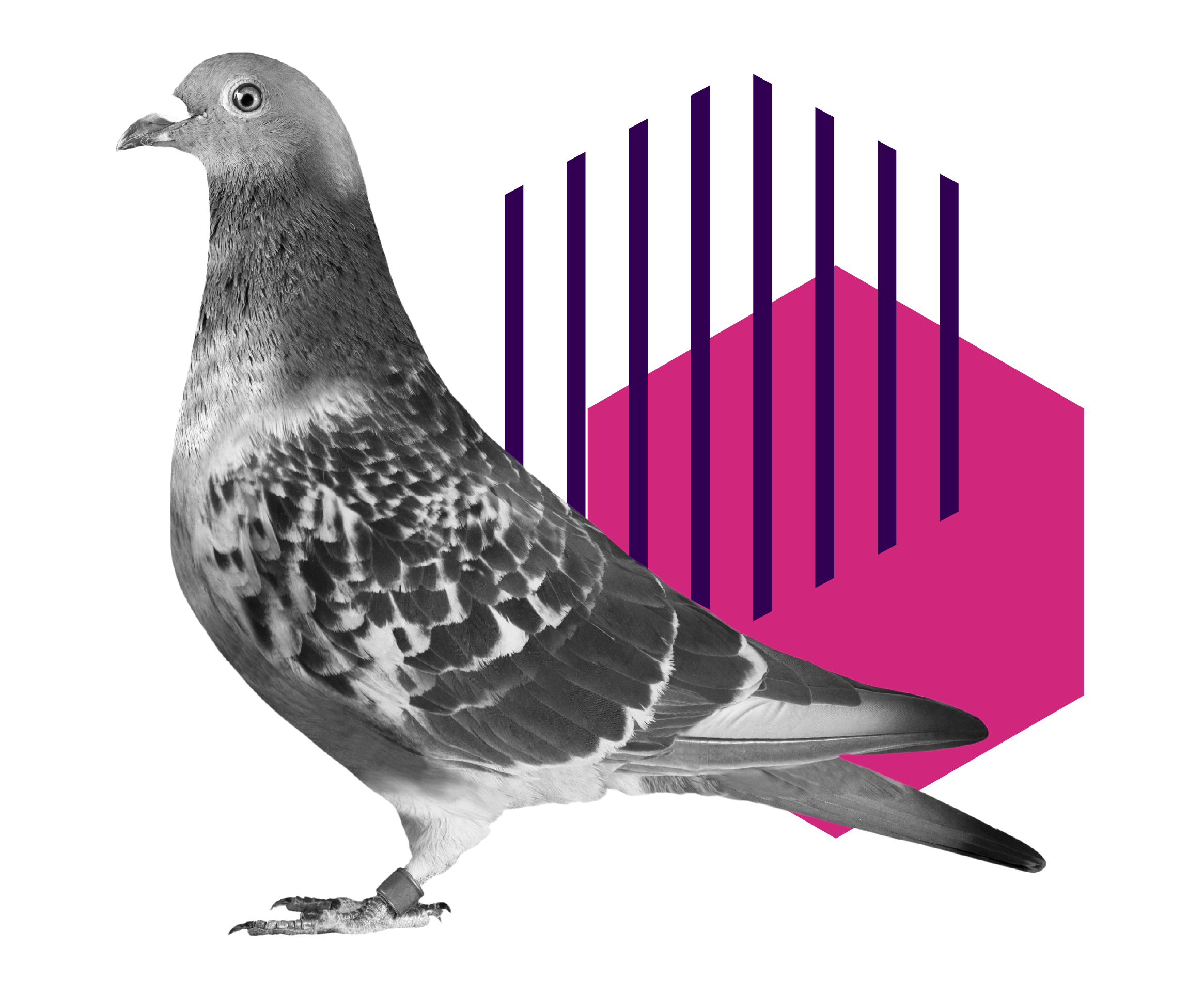Logos are the cornerstone of branding – they’re the first thing people see and the last thing they remember. And when it comes to logos, bigger seems to be better. But why is that? Why do clients insist on bigger logos, and how do they impact branding? Let’s take a closer look.
First, it’s important to understand the psychology behind logo design. Logos are a form of visual communication, and they need to convey a message quickly and effectively. Bigger logos are seen as more attention-grabbing and memorable. They make a stronger impression on viewers, and they’re easier to recognise from a distance. This is particularly important in today’s world of constant visual stimulation, where brands are constantly fighting for attention.
Second, there’s a perceived sense of prestige and power that comes with a bigger logo. Clients often believe that a bigger logo will make their brand look more important and authoritative. This is particularly true in industries where size and power are valued.
However, there’s a fine line between a bigger logo that makes an impact and a bigger logo that overwhelms and detracts from the message. Clients need to understand that bigger isn’t always better, and that a well-designed logo that’s scaled appropriately to the context and audience can be just as effective (if not more so) than a giant logo.
In fact, studies have shown that too much branding can actually have a negative impact on brand perception. According to a study, consumers are exposed to an average of 5,000 ads per day. That’s a lot of visual noise, and it can lead to ad blindness and consumer fatigue. Brands that use subtler, more targeted branding strategies are often more successful in standing out and building long-term loyalty.
So, what’s the takeaway for clients and designers alike? When it comes to logos, it’s important to strike a balance between impact and appropriateness. A well-designed logo that’s scaled appropriately to the context and audience can make a big impact without overwhelming the message. And for clients who insist on a bigger logo, it’s important to remember that size isn’t everything – a well-designed logo that’s targeted and strategically placed can be just as effective.
In conclusion, the desire for bigger logos is rooted in the psychology of visual communication and a perceived sense of prestige and power. However, bigger isn’t always better, and a well-designed logo that’s scaled appropriately to the context and audience can make a bigger impact than a giant logo.
So, when it comes to branding, remember: it’s not the size of your logo that counts, it’s how you use it.


